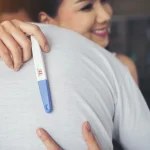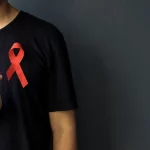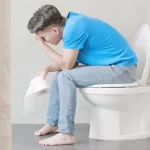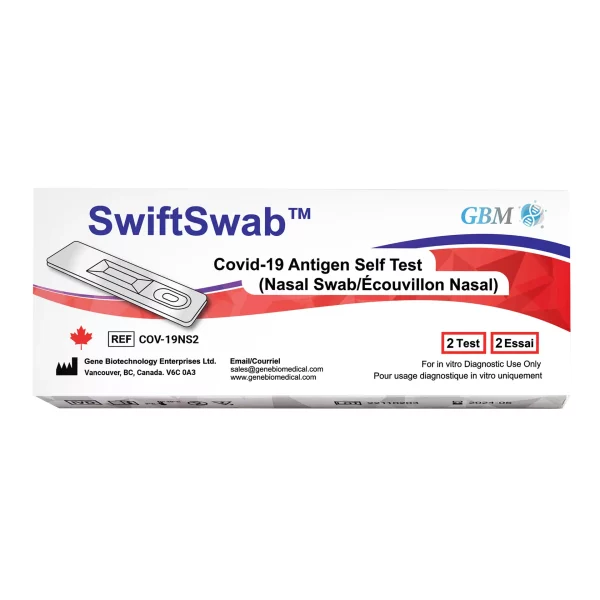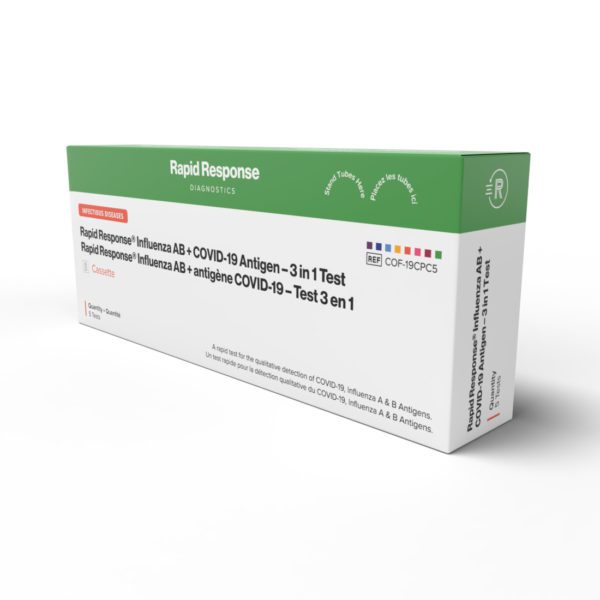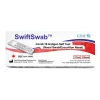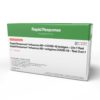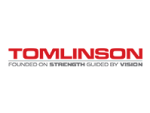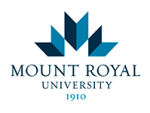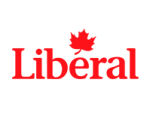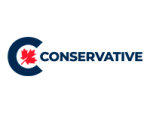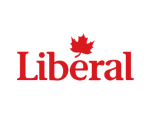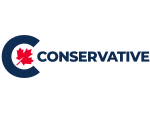Though mask mandates have been removed in several states, wearing a mask is still important in preventing COVID-19, especially in indoor public settings.
The widespread adoption of mask-wearing has proven effective in reducing transmission rates and protecting both individuals and communities.
What are the current masking guidelines?
When it comes to mask-wearing, the current guidelines prioritize personal preference and individual risk assessment.
Even in indoor public settings where masking is not mandated for source control, wearing a mask or respirator is based on your perceived risk level and potential for developing severe disease if exposed to respiratory viruses like COVID-19.
For those suspected or confirmed to have SARS-CoV-2 infection or other respiratory infections, wearing masks is strongly recommended. Additionally, those who have had close contact with someone infected with SARS-CoV-2 should continue wearing masks for 10 days after their exposure.
When selecting masks, you can use both non-medical and medical options. Non-medical masks made of tightly woven fabric and with multiple layers offer effective protection. Disposable masks with ear loops, along with face shields, are suitable alternatives.
The World Health Organization (WHO) and Centers for Disease Control and Prevention (CDC) emphasize the importance of mask use, particularly in public transportation and crowded outdoor settings. To maximize protection, masks should be worn in conjunction with other preventive measures like:
- Practicing physical distancing
- Maintaining hand hygiene
- Following proper respiratory etiquette
By adhering to these guidelines and considering the specific context, you can play a role in reducing the spread of COVID-19 and other respiratory illnesses.
When should you wear a face mask and why is it still important?
Wearing a face mask is important in various situations to mitigate the spread of COVID-19 and protect public health.
Here are the reasons why and where wearing a face mask is still crucial:
In public settings and crowded areas:
Wearing a cloth mask or disposable mask in public settings helps reduce the transmission of COVID-19.
These places include:
- Grocery stores
- Public transportation
- Crowded outdoor areas
It acts as a barrier that prevents respiratory droplets from being released into the air and potentially infecting others.
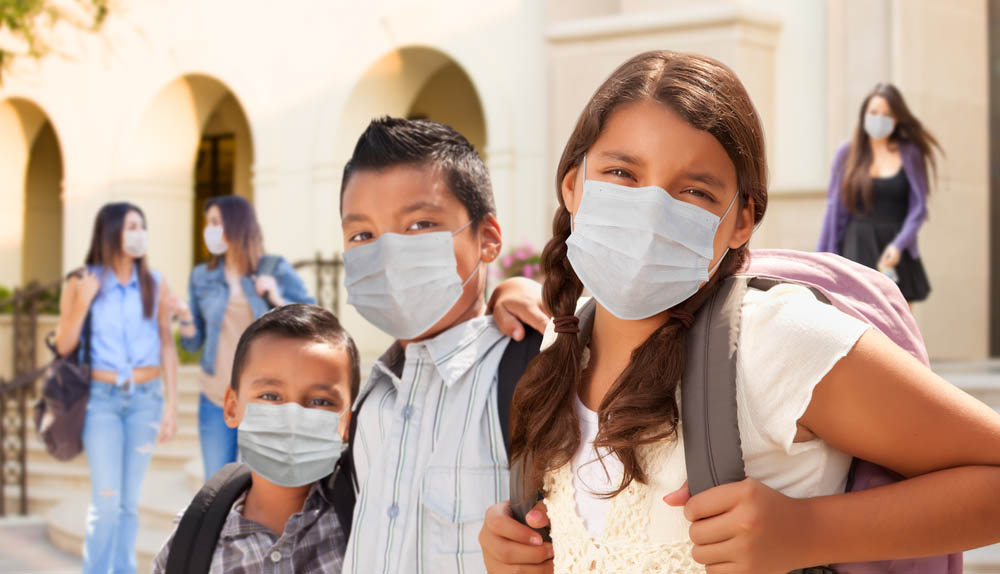
When physical distancing is challenging:
In situations where maintaining a safe physical distance is difficult, such as in queues or during close interactions, wearing a mask provides an extra layer of protection. It helps minimize the risk of respiratory droplets reaching others and reduces the chance of COVID-19 transmission.
For individuals with health conditions or compromised immune systems:
Those with underlying health conditions or compromised immune systems are at higher risk of severe illness from COVID-19. Wearing a high-quality mask, such as an N95 respirator or a well-fitting cloth mask with multiple layers, offers additional protection.
When you have tested positive for COVID-19:
If you have tested positive for COVID-19, wearing a face mask prevents spreading the virus to others. It helps contain respiratory droplets that may contain the virus and reduces the risk of transmission during interactions or when caring for others.
In situations requiring lip reading:
For individuals who rely on lip reading for communication, they can use clear face masks or masks with transparent panels. These specialized masks allow for effective communication while still providing protection against COVID-19 transmission.
By adhering to mask-wearing guidelines in these situations, you can contribute to the collective effort in:
- Reducing the spread of COVID-19
- Protecting vulnerable individuals
- Maintaining public health
What is the best mask to wear for COVID-19?
With various options available, it is crucial to understand which type of face covering provides the best defense. The CDC recommends wearing high-quality masks to minimize the risk of viral transmission.
If you have specific health conditions that may cause trouble breathing, you should consult with healthcare professionals to find suitable face coverings that balance both protection and comfort.
Should I wear an N95 respirator, a KN95 mask or KF94 mask?
N95 respirators are considered high-quality masks that provide better protection against airborne particles, but they should be prioritized for healthcare workers or individuals with specific health conditions.
KN95 and KF94 masks offer comparable levels of filtration and can be suitable alternatives for the general public.
Regardless of the type, make sure that you mask fits you properly and avoid neck warmers or bandanas as they don’t offer sufficient protection.
When can we safely stop wearing face masks?
The decision to stop wearing face masks safely is dependent on various factors, including personal risk assessment and recent activities. Even if a facility no longer mandates mask usage, you should still have the option to use a mask or respirator based on your preference and perceived risk level of infection.
It’s strongly advised to continue wearing mask if you:
- Have suspected SARS-CoV-2 infection
- Have COVID-19 or other respiratory illness
- Have had close contact with someone infected with SARS-CoV-2
These guidelines highlight the importance of continued mask-wearing in situations where there’s a higher risk of exposure or when exhibiting symptoms such as a runny nose, cough, or sneezing.
Will face masks be recommended after the COVID-19 pandemic?
The use of face masks has become a prominent preventive measure during the COVID-19 pandemic.
According to updated guidelines from the WHO, the recommendation to wear masks in specific settings, such as healthcare facilities or crowded public spaces, may persist.
These types of masks are proven effective in reducing the spread of COVID-19:
- Cloth masks
- Disposable masks
- High-quality masks with at least three layers
To maintain mask effectiveness, see to it that you’re following these:
- Regular mask replacement
- Proper mask handling
- Using disposable filters
Key takeaway
As we navigate the transition from pandemic to post-pandemic, it’s essential to recognize the ongoing value of wearing masks. Whether it’s a medical mask with ear loops or a cloth mask for non-medical purposes, continued mask-wearing contributes to maintaining a safe environment and preventing the resurgence of respiratory illnesses.


